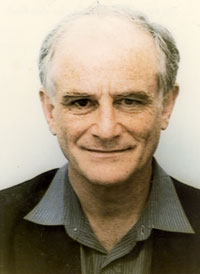Year: 2008 Pages: 5
?According to the general theory of relativity, space is endowed with physical qualities, in this sense, therefore an aether exists??
But disparities exist among physicists about the nature of the aether, and one of the purposes of 21st century physics and of this project, whose credit is to be ascribed in the first place to the generous efforts of Dr. Michael C. Duffy, will be to disclose its properties. The approaches which are presented in these volumes are divided into two currents which follow and develop the ideas of Einstein and Poincar?, and a third current which departs somewhat from them. But many physicists regard the theories of Einstein and Poincar? as practically equivalent, and the choice of one point of view rather than the other is qualified as philosophical preference. We shall examine this opinion and give, in this brief introduction, an outline of their justifications and of their specificities.

